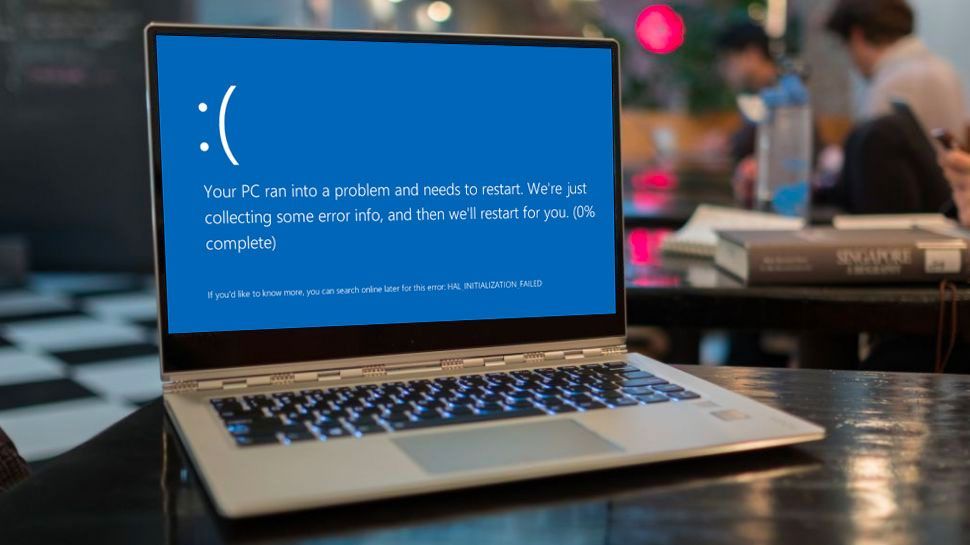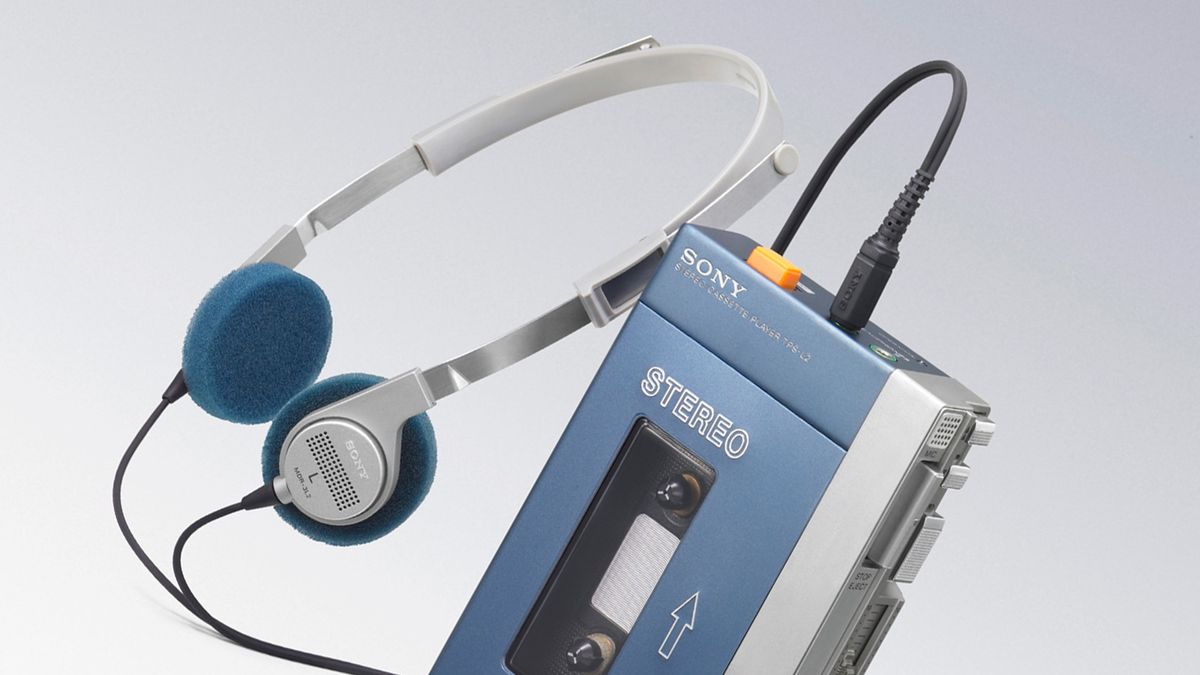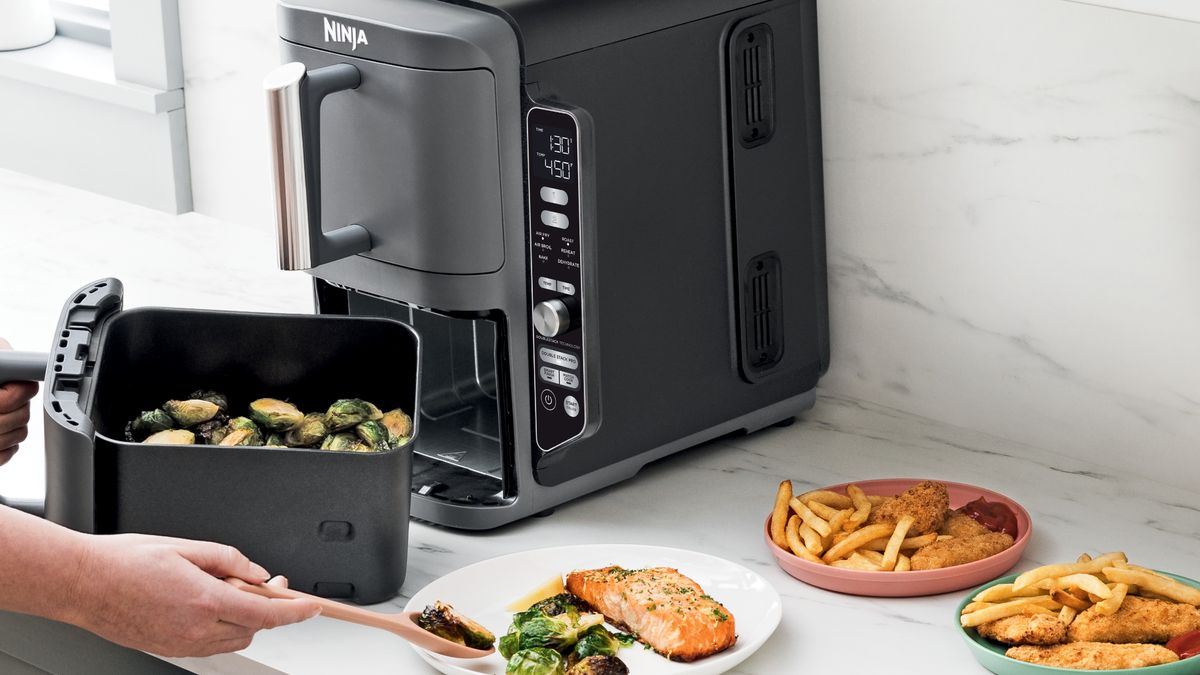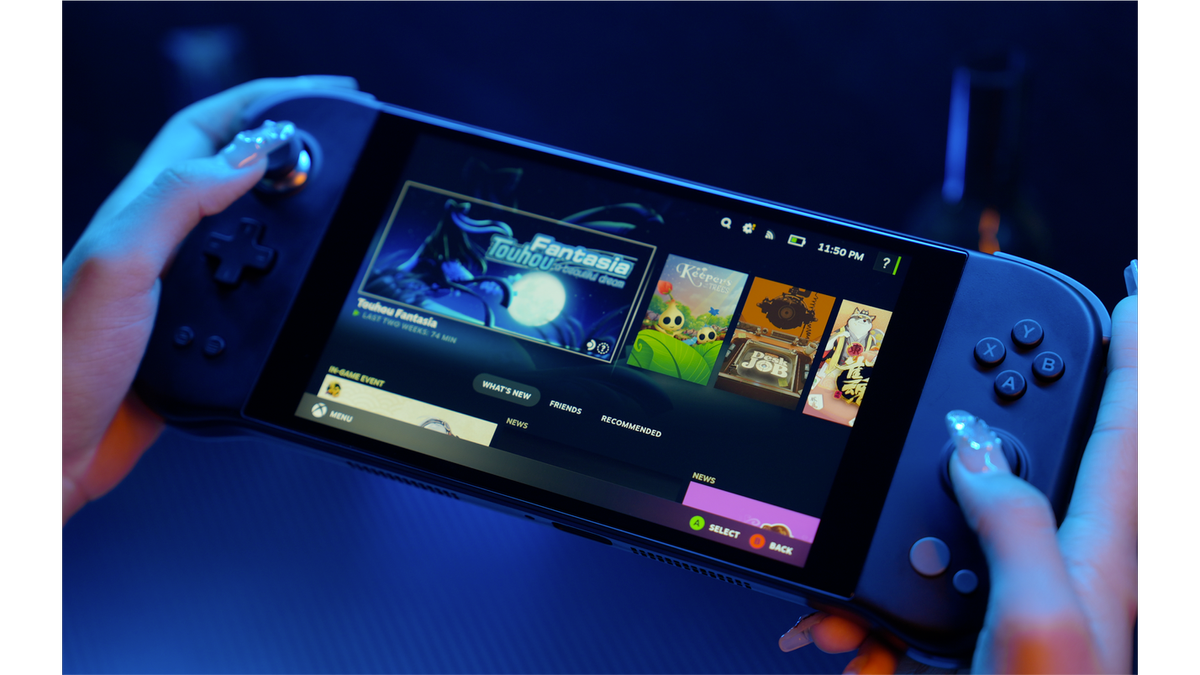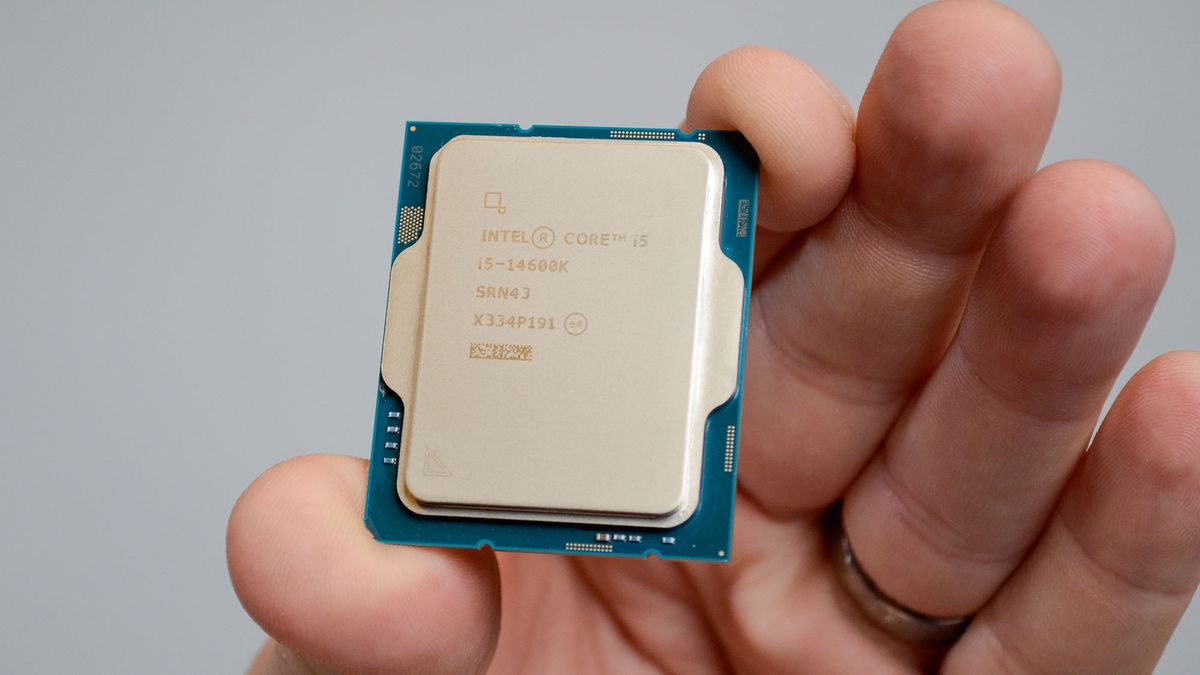The Windows 'blue screen of death' or Blue screen of death, It's a frustration most people are all too familiar with.
The scale of the problem is illustrated by new research from Nexthink which claims that even under normal circumstances, 1 in 200 devices suffer from the bug, and this figure rose to 1 in 10 after the recent Crowdstrike Disruption.
The analysis found significant differences across sectors, with the technology sector (unsurprisingly) topping the list, with over 15% of devices facing the issue on a monthly basis. Healthcare and retail were seen to suffer the least, at 10% and 8% respectively.
Reduce risks
These errors are costly and resource-intensive, with even the shortest outages lasting between 0-15 minutes and 30% of employees requiring IT assistance to resolve BSOD incidents. However, Nexthink found that by using preventative measures, these incidents could be cut in half. Anticipating problem areas and taking action before errors occur could help organizations limit BSOD incidents to 1 in 400.
“Unfortunately, while most of these accidents are preventable, most companies simply do not have the tools necessary to preemptively identify the problem and take action,” said Gaurang Ganatra, director of product marketing at Nexthink.
“Most people don't even know which devices are working properly right now, let alone which ones are prone to BSODs in the future.”
For businesses to move from reactive ticket management to a proactive approach, identifying weaknesses in IT systems is critical.
The research pointed to nine main drivers of BSOD errors, with problematic hardware models, poorly managed Windows updates, and misconfigured graphics card, network, or audio drivers topping the list.
Ganatra recommends that companies give their IT departments the ability to generate insights to “make data-driven decisions that can reduce costs, relieve employee stress and increase productivity.”

